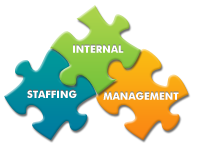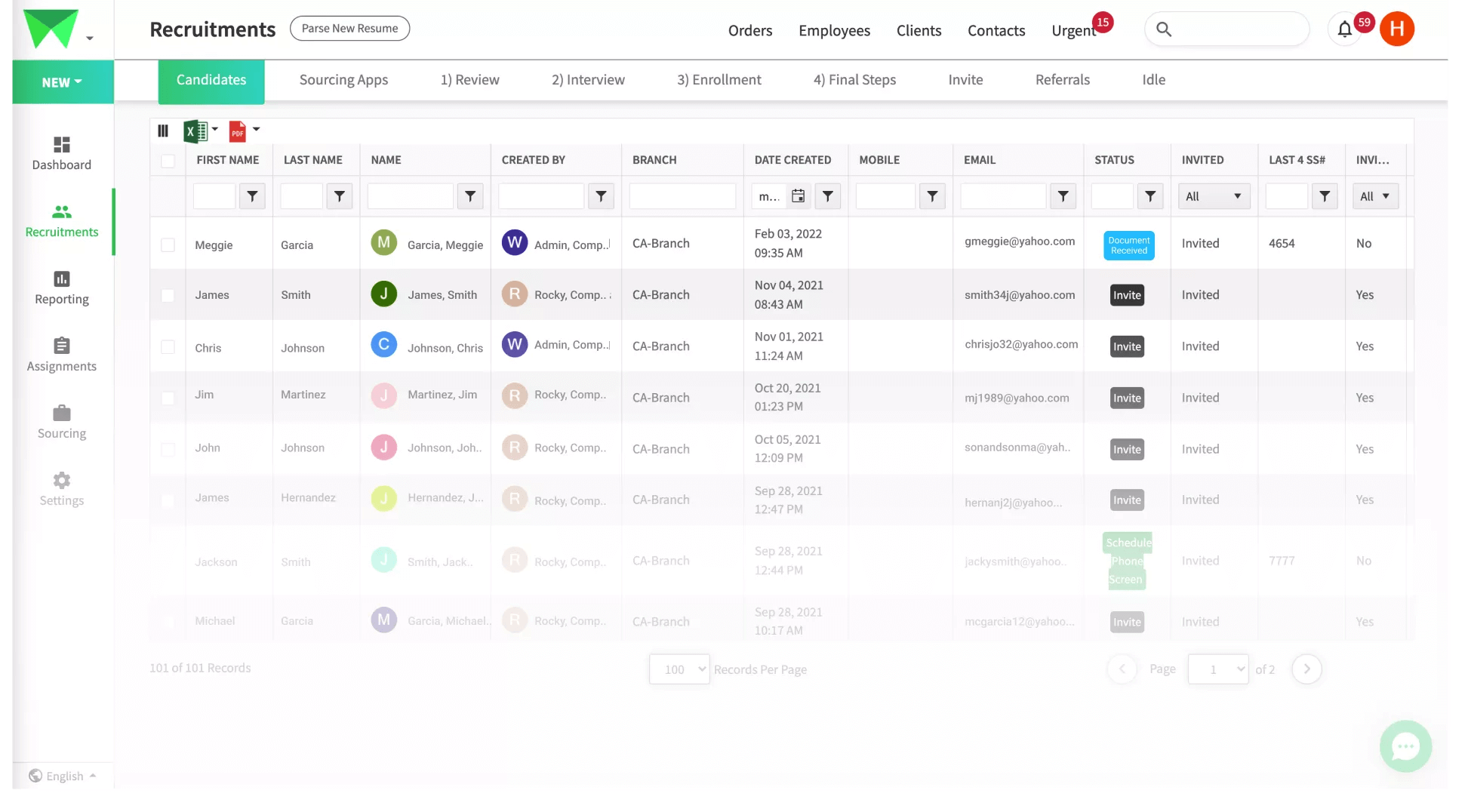Discover Reliable Staffing Management Software for Your Organization
Discover Reliable Staffing Management Software for Your Organization
Blog Article
Letting Loose the Power of Data: Enhancing HR Approaches With Cutting-Edge Staffing Monitoring Software Program
In the quickly advancing landscape of personnels, the use of data has ended up being a pivotal pressure in shaping organizational success. As firms make every effort to remain competitive and nimble, the combination of sophisticated staffing administration software stands apart as a transformative device in improving human resources procedures. By harnessing the power of information analytics, organizations can not just improve their employment strategies however additionally maximize worker retention and performance. The synergy between data-driven insights and advanced technology offers a compelling possibility for human resources professionals to reinvent their approach in the direction of ability monitoring.
Importance of Data-Driven HR Strategies
Data-driven HR techniques make it possible for firms to maximize their labor force monitoring, employment processes, and employee involvement efforts. By evaluating data associated to staff member performance, turnover prices, and skill gaps, HR departments can recognize patterns, forecast future needs, and create positive services to address obstacles.
Data-driven human resources techniques also play an essential duty in boosting staff member fulfillment and retention. With the analysis of worker feedback, performance testimonials, and training results, human resources professionals can customize individual development strategies, acknowledge high-potential staff members, and foster a society of continual learning and development within the organization. Data-driven understandings enable Human resources teams to align their strategies with the total company objectives, making sure that skill monitoring efforts directly contribute to organizational success.
Advantages of Staffing Monitoring Software Application
Using staffing administration software streamlines the recruitment and onboarding processes for HR divisions, improving efficiency and precision in skill acquisition. One considerable advantage of this software application is the capacity to streamline candidate information, making it quickly obtainable for recruitment groups. By having all applicant information in one location, HR specialists can efficiently track prospect development, communicate effectively with potential hires, and make certain a smooth recruitment experience.
Additionally, staffing management software program often includes features such as return to analyzing and keyword matching, which help in rapidly determining top prospects that match the job requirements. This automation minimizes the moment invested in hand-operated return to screening, permitting HR team to concentrate on more strategic jobs. staffing management software. Furthermore, these systems can integrate with job boards and social media sites platforms, increasing the reach of work posts and attracting a diverse pool of candidates
In addition, analytics and reporting devices within staffing management software offer useful understandings right into employment metrics, such as time-to-fill and cost-per-hire. This data-driven approach makes it possible for human resources teams to make informed choices, optimize recruitment approaches, and improve total hiring procedures. By leveraging these advantages, organizations can enhance their skill purchase efforts, enhance prospect experience, and ultimately build a solid labor force.
Enhancing Employment Processes With Data
By leveraging data, companies can make more educated decisions throughout the recruitment lifecycle, inevitably leading to much better hires and enhanced retention rates. One vital method data enhances recruitment processes is by optimizing task posts based on understandings from previous effective hires.
Furthermore, information analytics can enhance the testing and option procedure by recognizing patterns in candidate certifications and performance indications. Generally, incorporating data right into recruitment procedures encourages organizations to make smarter employing decisions and construct high-performing groups.
Improving Worker Retention Via Modern Technology

One method technology can improve worker retention is via the usage of worker engagement platforms. These systems enable real-time comments, acknowledgment, and communication between employees and monitoring, fostering a culture of admiration and support. Furthermore, modern technology can enable customized learning and advancement programs tailored to specific employee demands and occupation desires, raising work fulfillment and loyalty.
In addition, information analytics devices can help companies determine patterns and patterns related to staff member turnover, enabling them to look at this web-site take positive measures to resolve potential concerns prior to they intensify. Overall, by leveraging modern technology efficiently, companies can create a much more engaging and supportive work atmosphere that urges employees to stay and grow within the company.
Maximizing Workforce Performance With Data

Through the evaluation of information, human resources divisions can identify patterns and patterns that influence productivity levels. By tracking employee work hours and project completion rates, companies can maximize work timetables to ensure that jobs are efficiently distributed amongst group participants. Furthermore, information can expose ability spaces within the labor force, allowing human resources to execute targeted training programs that boost worker capabilities and overall productivity.
In addition, data-driven efficiency assessments enable supervisors to provide particular comments and support to employees, promoting a society of continuous improvement. In general, leveraging information to make the most of workforce performance is a calculated approach that empowers organizations to attain their objectives properly and efficiently.
Final Thought
Finally, using sophisticated staffing administration software application can dramatically improve HR methods by leveraging the power of data. By integrating data-driven employment procedures, boosting staff member retention via modern technology, and taking full advantage of labor force productivity, companies can simplify their operations, make more enlightened decisions, and eventually accomplish better this post success in managing their human capital. Embracing these technical developments is essential in the ever-evolving landscape of human source monitoring.
Data-driven Human resources approaches make it possible for firms to enhance their labor force administration, recruitment procedures, and staff member involvement efforts. By examining data associated to worker efficiency, turnover prices, and ability spaces, Human resources divisions can identify patterns, forecast future demands, and develop positive options to resolve challenges.

Report this page